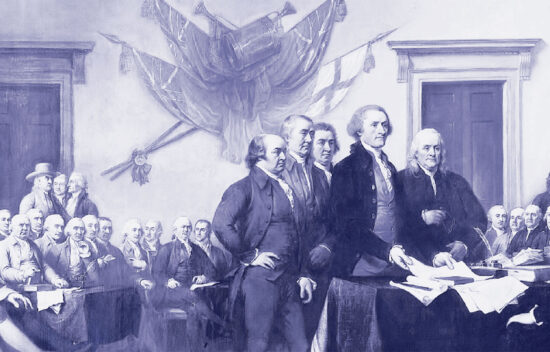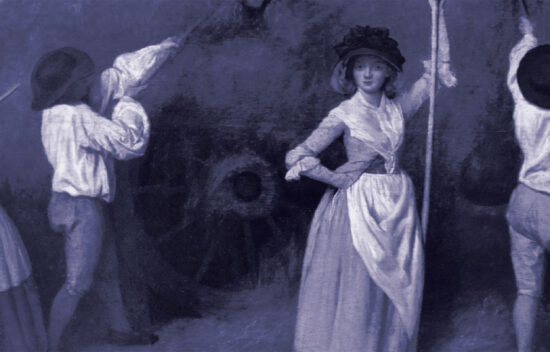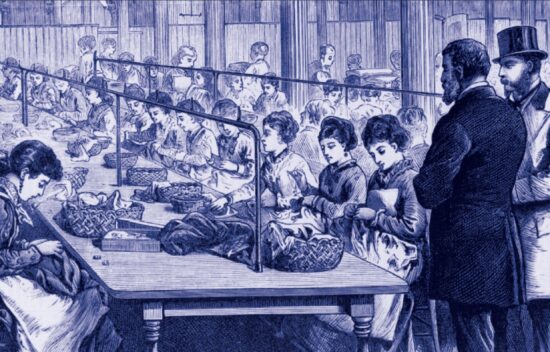Votes for Women
Resource Overview:
How does one carry out long-term change in order to better align institutions with principles of liberty, justice, and equality within a constitutional order? Votes for Women: The Story of the 19th Amendment explores the people, places, and events of the suffragist movement, inspiring students through the perseverance and courage of those in the movement.
The final lesson, a capstone project, provides several options to equip students to carry out their own project-based application of social change to address a community challenge. Having analyzed the history of women’s suffrage as an example of what can be achieved when people exercise such virtues as courage, perseverance, initiative, collaboration, civil discourse and direct action, students are encouraged to study their own community to apply those same character strengths to solve a local problem or to teach others about this important chapter in the American drama.
Educator Facilitation Guide
Special Features:
- Background essays
- Dozens of primary source and corresponding activities
- Capstone project
Teachers Say:
“Votes for Women gave me a wonderful context for the entire movement as viewed through different areas of focus: chronology, race, and organizations.” -Kirstein Kim, New Jersey Educator
Create playlists, save resources to your library, and access answer keys – Sign up for an educator account!
2 Videos
 Video
VideoThe Story of Women’s Rights in Early America (Part 1) | BRI’s Homework Help History Series
In part one of this two-part Homework Help narrative, learn about the origins of the women’s suffrage movement from Colonial America through the nineteenth century. What challenges did these brave activists need to overcome in the early days of the movement to lay the groundwork for the passage of the 19th Amendment? How did previous protections granted in the Bill of Rights like the 14th Amendment and incorporation, the responsibility of states to adhere to the Bill of Rights, boost the case for women’s rights.
 Video
VideoThe Story of Women’s Suffrage in America (Part 2) | BRI’s Homework Help History Series
In part two of this two-part Homework Help narrative, learn about the challenges that the women’s suffrage movement overcame in the late nineteenth and early twentieth centuries. What contributions did monumental suffragists like Alice Paul, Lucy Stone, and Carrie Chapman Catt make on the journey to winning the vote for women?
8 Lessons
 Lesson
LessonRights, Equality, and Citizenship
What is the relationship between liberty and equality? Examine the idea of natural rights and equality as expressed in the Declaration of Independence and explore the interplay of these two principles with respect to the idea of change within the United States constitutional order.
 Lesson
LessonWomen in Early America (1600-1800)
What was the role of citizens in colonial America and in the early republic? How did their liberty and equality during this period play out and what is the purpose of voting within civil society?
 Lesson
LessonA Movement Arises (1800-1860)
Trace the growing public voice of women in American society through various reform movements as well as organized women’s rights movements in antebellum America. Students will analyze the writings of men and women central to the rise of the women’s rights movement and analyze the contributions of several leading figures in the movement.
 Lesson
LessonShall Women Have the Right to Vote? (1866-1890)
How did the women’s suffrage movement grow after the Civil War? How did the Constitution and the Bill of Rights empower all individuals to express their political voices?
 Lesson
LessonThe Movement Unites (1890-1920)
Examine the impact of the passage of the Nineteenth Amendment and assess the connection between suffrage, citizenship, and public life. Explore how people applied or failed to apply constitutional principles and civic virtues in the women’s suffrage movement.
 Lesson
LessonWomen in the Political World Today
What impact did the Nineteenth Amendment have on American Society and what of issues concern women today? Students will evaluate trends in reform movements towards equality in the twentieth century.
 Lesson
LessonCapstone Project A: Community Project
Encourage students to apply the lessons of the suffrage movement to address an an important issue in their lives. This project guides students through a brainstorming, design, and implementation process for achieving change in their own communities. Students will produce a portfolio to document their implementation of their plan.
 Lesson
LessonCapstone Project B: Building a Website or Hosting a Community Education Event
Help students use the lessons of the suffrage movement to develop a website, event, or other activity that provides members of their community the opportunity to better understand the movement for suffrage and the impact of women in public life in their local communities.
